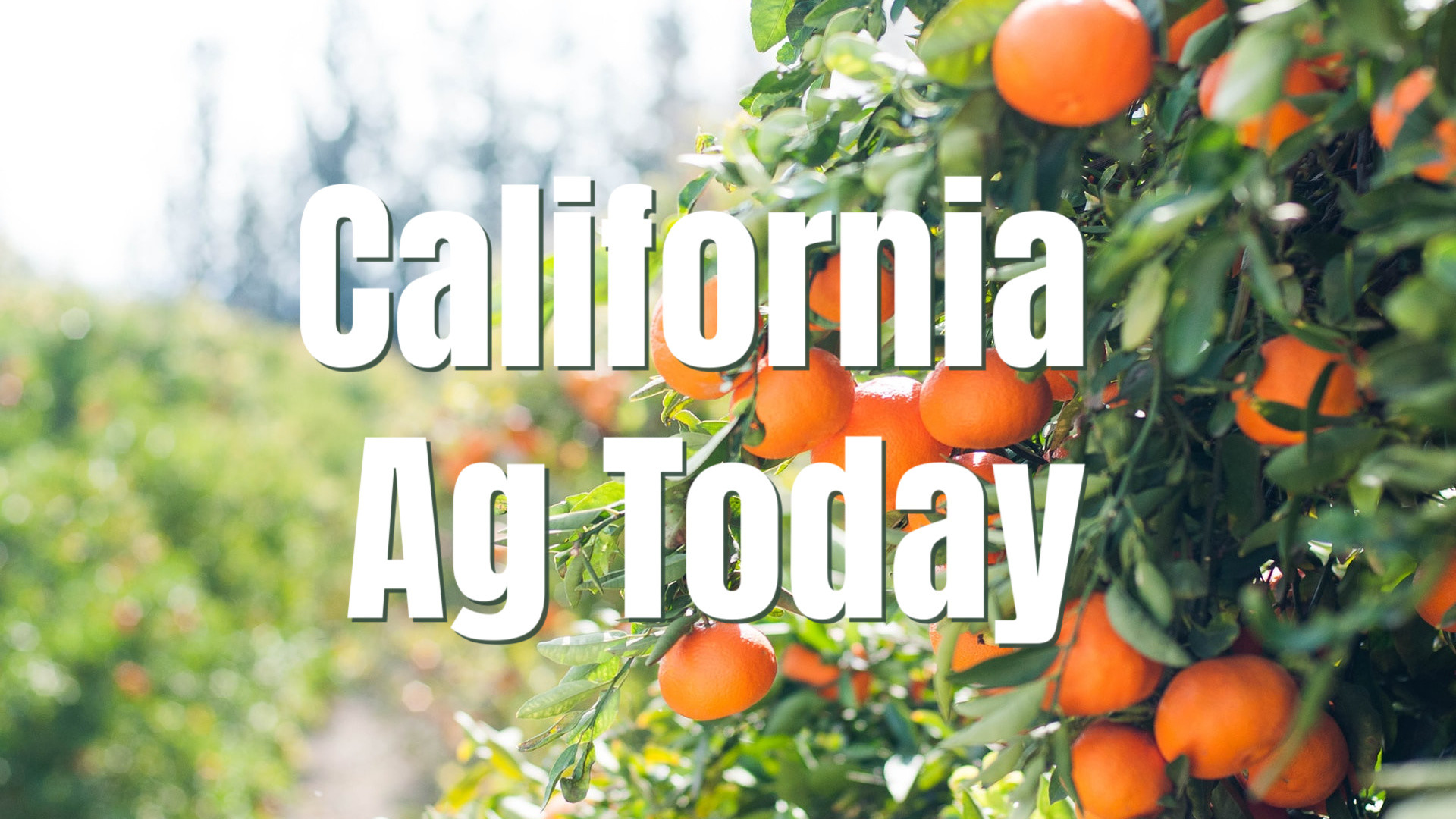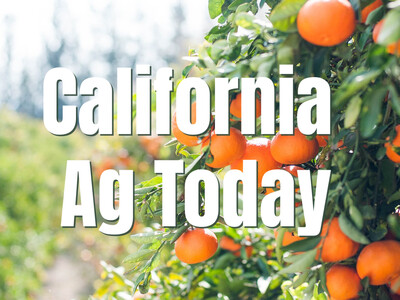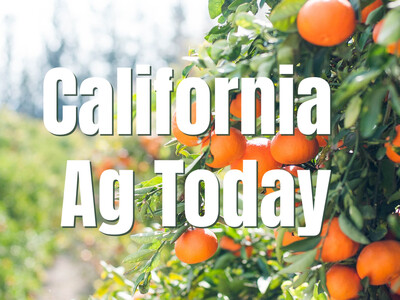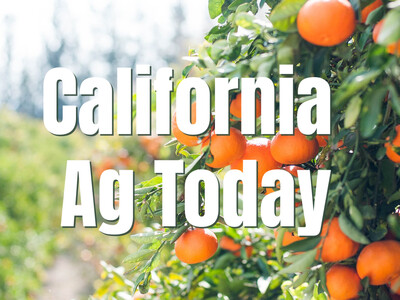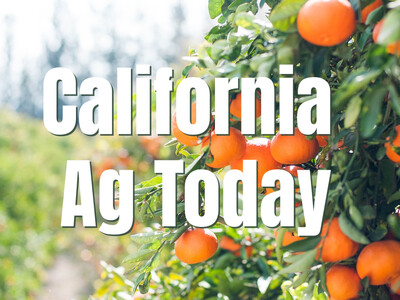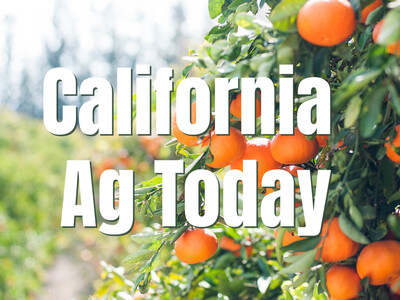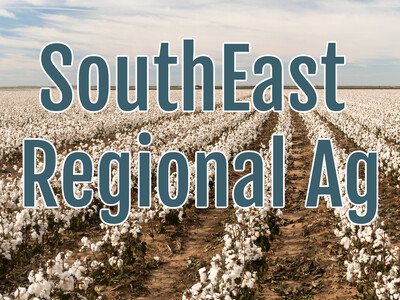California Olives

Mike Stephens
News Reporter
The history of olive farming in California is believed to have started in the late 18th century. At that time, the Spanish Jesuits brought olive cuttings to the missions in Mexico. As the missionaries gradually spread north into California, so did the olive tree. Between 1769 and 1823, olive farming flourished at the 21 missions located between San Diego and Sonoma.
The olive harvest typically begins in autumn, but timing varies by olive growing region, as well as whether the olives are to be used for eating or producing oil. For example, olives that are being processed as Green olives will be picked when they have reached full size but are still green. Olives that are left on the tree longer will grow darker or more purple in color. They can also be left on the tree longer until they become “ripe” olives.
Low cholesterol is good. No cholesterol is even better. And that’s exactly what olives have in the cholesterol department: zero.
The humble olive shares top billing with avocados, nuts/seeds, oils, and dark chocolate in the good for you catergory. Bag the chips. Nix the carrot sticks. Olives are a filling, flavorful alternative to the usual snacks. No trans-fats, no cholesterol.
Just five calories a pop. That means a serving of 20 medium olives are just 100 calories!
Olives are also bursting with natural antioxidants.
Think olives have lots of fat? Think again! One serving has only 2.5 grams: that’s only 3% of your total suggested fat intake per day! Way to put the “live” in olive.


